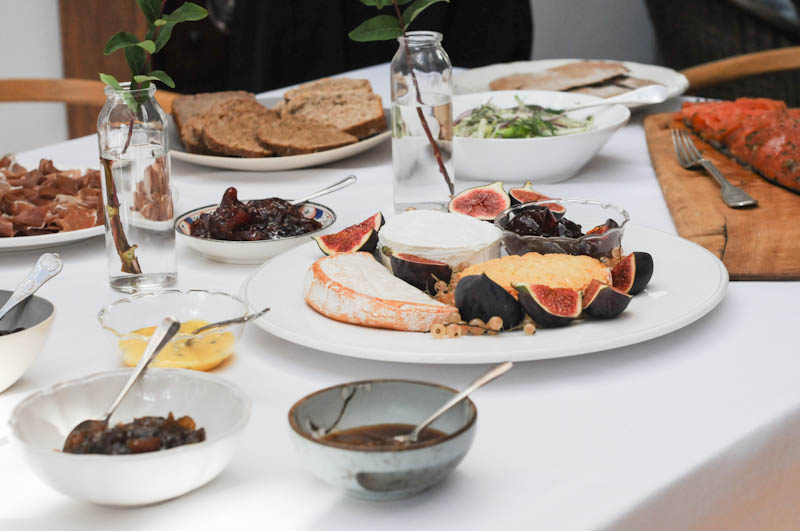Tea with Diana Henry to celebrate the launch of Salt Sugar Smoke
Sometimes it’s nice to gather together to celebrate. I don’t think we celebrate, or gather together, nearly enough anymore. Time…

Sometimes it’s nice to gather together to celebrate. I don’t think we celebrate, or gather together, nearly enough anymore. Time…